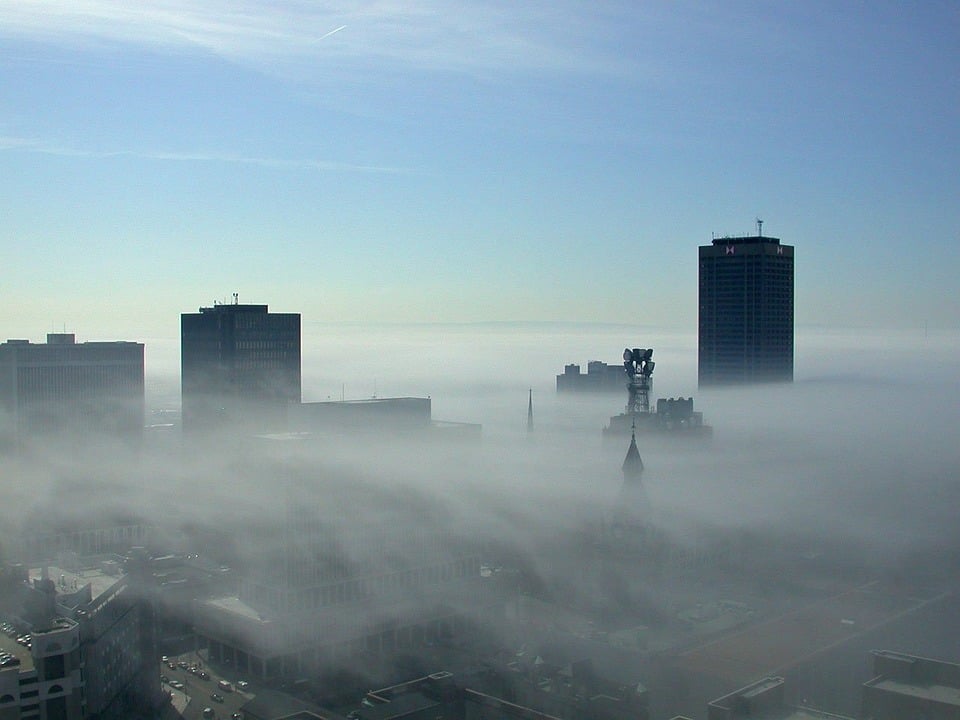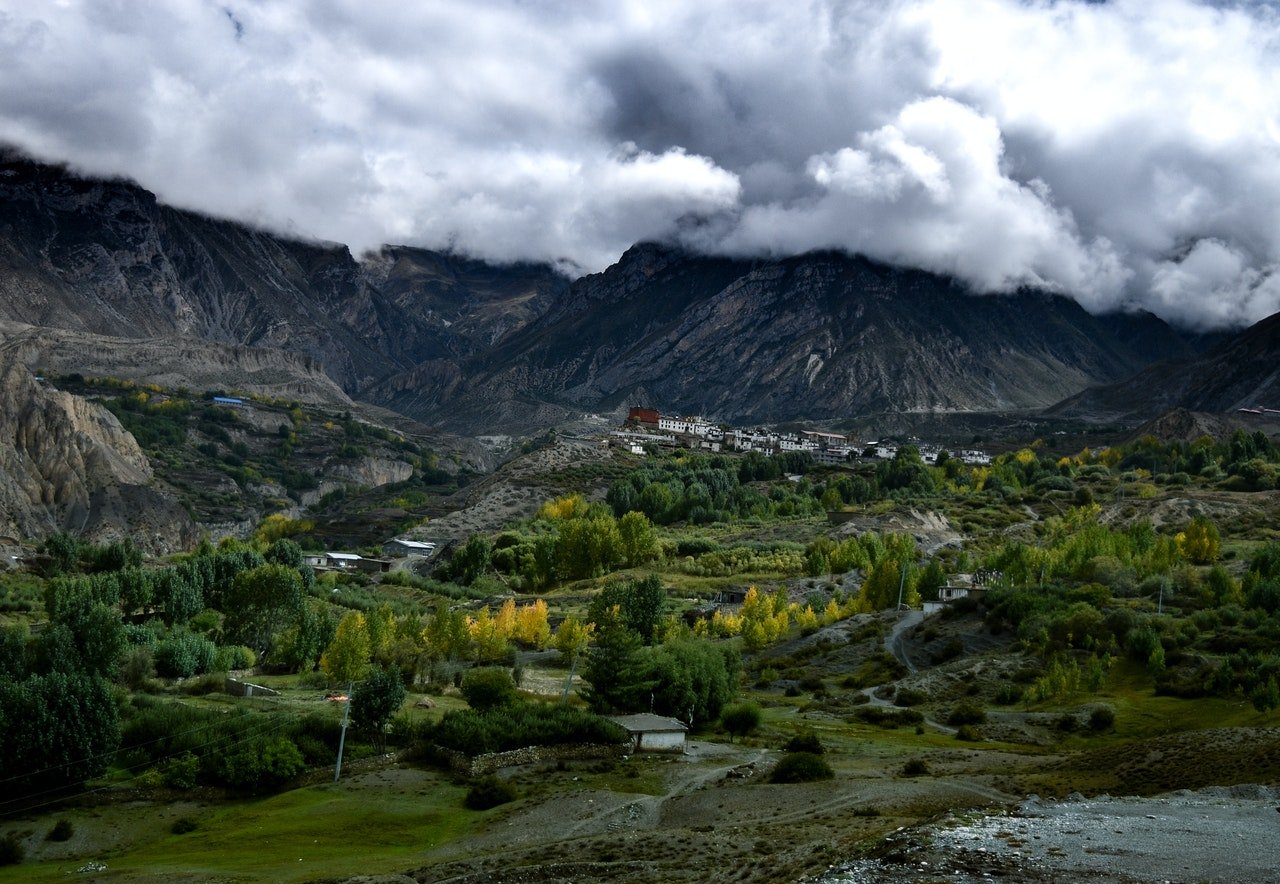Black carbon and other pollution seeds clouds. We’re just starting to understand the climate implications
Particles swirling around our atmosphere add to climate change, yet much about how they interact with sunlight and influence the seeding of clouds remains puzzling. Studies are lifting the lid on how these tiny particles influence something as big as climate by analysing them from jet aircraft, satellites and ground measurements. The leading cause of climate change is rising levels of carbon dioxide in the … Read more






